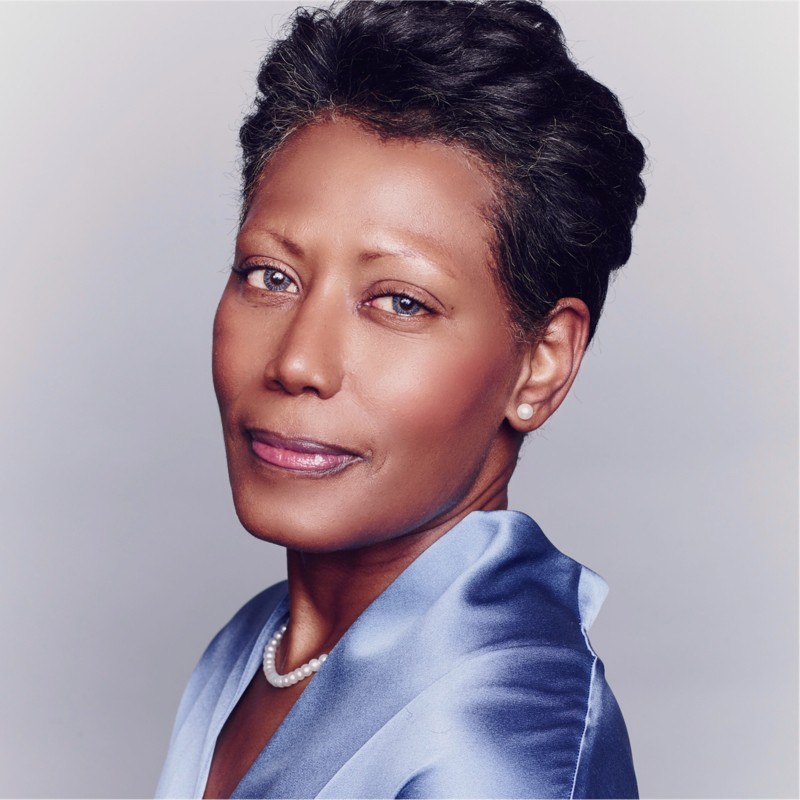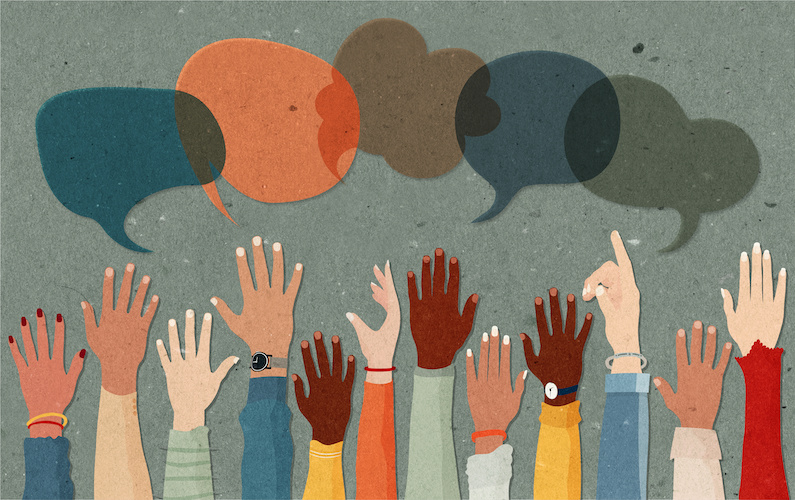If you don’t have the soul for it, how can you solve for it?
In Youngstown, Ohio, in 1951, the coaches of a city championship-winning Little League baseball team organized a celebratory picnic at a municipal pool. No one spent too much time thinking about where they were going for the celebration, but they should have known better. One team member, Al Bright, was Black.
The lifeguards refused to allow the child into the pool, forcing him to remain outside the fence. From time to time, teammates brought him food and sat with him for a while, but he could only watch when they returned inside to join the fun. After an hour of negotiation, a couple of the parents convinced the lifeguards to permit the child in the pool for a few minutes. But there were conditions.
First, everyone else had to get out of the water. Then Al was placed on a rubber raft and propelled around the pool by one of the lifeguards. Transfixed, more than 100 children and adults watched this bizarre spectacle. As the lifeguard pushed the raft around the pool, he whispered again and again to the young Black child: “Whatever you do, don’t touch the water.”
Yes, this really happened! This is one of many gripping stories in Pulitzer Prize-winning journalist Isabel Wilkerson’s New York Times bestselling book, “Caste: The Origins of Our Discontents.”
Much like the Little League baseball account, protected class individuals (or PCIs) are on the teams that help companies grow, thrive and earn trillions of dollars annually, yet feel forced to stay outside the invisible fence of exclusion. From time to time, teammates bring them problems to solve and projects in which to participate, then return inside the fence of systemic exclusion to enjoy the fruits of their labor.
Boycotts, lawsuits, social equality moments, civil and human rights laws, corporate policies, campaigns, diversity, equity and inclusion training, czars, targets, philanthropic declarations. Now more than six decades, billions of dollars in spend and trillions of earnings later, why have these efforts failed to increase diversity and inclusion?
The internet is replete with anecdotal and concrete evidence that truly little systemic change has occurred to ingrain diversity and inclusion into organizational culture. Add to this a recent gripping research revelation that consisted of repeated observations of the same variables over a long period of time: A team of Harvard and Stanford sociologists conducted a 40-year longitudinal study of every large private employer in the United States and found racial segregation between workplaces is greater today than it was a generation ago. Yes, this is reality.
Nothing is full proof. But after decades of diversity and inclusion training programs, strategies and in-vogue values used by organizations to increase awareness, sensitivity and equality toward PCIs, efforts have failed to systemically aerate the social construct so D&I can take root. Rather, they have only served to turn D&I into a cliché that has become more of a hollow overture than genuine credence.
Do something you’ve never done
In order to achieve systemic change, organizations must do something they have never done. If leaders do not have the soul for it, how can they solve for it?
If COVID-19 has taught us anything, it is to focus on fundamental human needs and let data and science lead us to a viable solution. Abraham Maslow’s 1943 theory of motivation shines light on how individual intrinsic needs (primitive to basic) affect behavior tendencies toward self and others. Belonging is a fundamental psychological need that has been overlooked.
According to a study by Harriet Over, professor of psychology at University of York, the origins of belonging start as infants and young children. When an individual, whether it’s Al Bright, the Little Leaguer left outside the fence or any human being,l is deprived of a sense of belonging, it has negative consequences for their well-being. Therefore, a belonging credence (see figure) is a viable intervention to systemically change the organizational social construct toward D&I and restore hope.

Carl Rogers, a humanistic psychologist, contends belonging is a unique and subjective experience that relates to a yearning for connection with others, the need for respect and the desire for interpersonal connection. For an individual to grow and self-actualize, the ecosystem must be designed to cultivate empathy, acceptance and authenticity.
Overall D&I efforts of organizations to date have in essence returned empty, negating their credibility. Empirical and theoretical evidence have shown that belonging is essential to the substrate of making a meaningful difference and point to five steps an organization can take to create a strong culture of belonging credence.
1. Practice coaching.
Create a nutric environment of coaching, which entails mindful communication, peer vulnerability and accountability. Oren Jay Soffer tenders that the capacity to communicate effectively in a way that leads to collaborative, win-win solutions can be trained. This fosters a climate where people learn how to practice sharing knowledge and lessons learned, engaging in supportive and challenging reciprocal feedback and peer vulnerability. Brené Brown highlights that vulnerability is mutually earning the right to hear each other, meaning the person with whom you are sharing is also baring their soul. This inspires employees to go the extra mile, strive for best effort, and be receptive to learning, nimble in uncertainty and accountable to self and the other.
2. Encourage calculated risk-taking.
Promote and reward employees for taking smart risks by remaining curious, asking the question behind the question, pushing boundaries, and discovering new ways of doing things. This frees employees to constructively think differently and speak their mind and serves to fuel creativity and an entrepreneurial spirit.
3. Forge mutual experience.
Stimulate explicit engagement in activities together to build relationships with others that create connection, contribution and community. Achieving things together and showing appreciation for the other’s diversity of thought, experience, exposure and education helps yield a more authentic and caring ecosystem that grows a sense of belonging.
4. Authenticate meaningful work.
Amy Wrzesniewski, a Yale psychologist specializing in how we experience work, offers: “People who see their work as a calling are significantly more satisfied with their jobs.” Jointly craft and reenvision the job and role that form the substrate upon the work that employees do. While meaning and purposefulness may be intrinsic and subjective, most employees connect their self-esteem with their social contribution. Recognizing the tension between aspiration and reality also helps employees connect the “why” to the “what” they are doing as something worthwhile.
5. Clarify purpose.
Mark Twain said, “The two most important days in your life are the day you are born and the day you find out why.” Encourage an employee’s discovery of the catalyst for their calling. Chart their peak performance and experience based on their goals, values, mental agility and higher-level needs. Everyone on this earth has a purpose and basic needs. Most people are in pursuit of happiness and want self-fulfillment to become everything they can be. Maslow illuminates that self-actualized people tend to be happy, and happy people tend to be more productive.
Implementing an ecosystem of reinforcement is an essential ingredient to evidence any meaningful change in the efficacy of diversity and inclusion efforts. Create an individual accountability and reward contract of standards of specific behavior choices that employees are expected to meet with self-sufficiency and proper learning resources. Reinforcement of the standard fortifies the capacity to systemically change the organizational social construct and cultivate belonging.
In order to experience a champion-winning team that can celebrate authentic and meaningful diversity and inclusion as a credence rather than an overture, organizations must do what they have never done before. Belonging is a fundamental psychological human need. With high intention, organizations can attend to cultivating a belonging credence as an intervention to systemic bias, prejudice and discrimination. This will dissolve the systemic fences of exclusion and allow the Al Brights of every organization to genuinely belong. Furthermore, it will give rise to more soulful, equitable, lasting behavioral change and serve to restore hope in organizations’ ability to meaningfully achieve diversity and inclusion.















